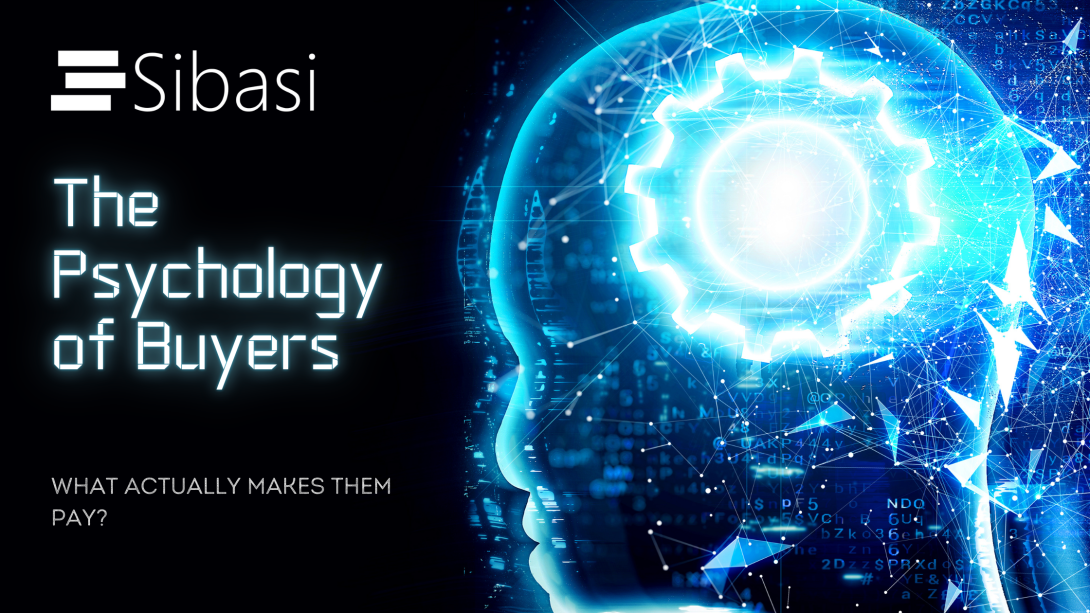
Why do some people see an ad or visit a website and immediately make a purchase, while others hesitate, browse, and leave? Understanding the psychology behind buying decisions is key to crafting marketing strategies that convert interest into revenue.
At Sibasi, we’ve seen firsthand that buyers don’t just pay for products—they pay for solutions, trust, and value. Here’s what actually drives people to make a purchase, especially in the tech industry.
Pain Points Drive Action
People buy because they have a problem that needs solving. The stronger the pain point, the more urgent their need to find a solution.
- What Works: Ads and messaging that focus on specific problems customers face.
- What Doesn’t Work: Generic, feature-heavy promotions that don’t highlight a clear benefit.
Example: Instead of saying "Our software has advanced automation features," say "Save 10+ hours a week by automating repetitive tasks."
Emotional Triggers Influence Decisions
Even in B2B sales, emotions play a role in decision-making. Fear of loss, desire for ease, and the need for control influence purchases more than technical specifications.
- What Works: Creating urgency, exclusivity, and trust (e.g., limited-time offers or case studies).
- What Doesn’t Work: Overloading potential buyers with too much information before building emotional connection.
Trust & Credibility Close the Deal
Buyers hesitate when they don’t trust the brand. Trust is built through social proof, transparency, and consistency.
- What Works: Testimonials, reviews, case studies, and guarantees.
- What Doesn’t Work: Overpromising without proof or hiding important details like pricing.
Example: "Join 10,000+ businesses using our platform to simplify their operations." → Builds trust through social proof.
Simplicity Leads to Faster Decisions
When people have to think too much, they delay action. The easier it is to understand the product, pricing, and signup process, the more likely they are to buy.
- What Works: Clear pricing, a simple signup process, and a strong call to action.
- What Doesn’t Work: Complicated websites, long forms, or too many choices.
Example: A one-click demo or free trial without credit card requirements removes friction and increases conversions.
Logical Justifications Come After Emotional Buy-In
While emotions trigger interest, most buyers still need logical reasons to justify their purchase. They want to feel smart and confident about their decision.
- What Works: Data-driven benefits (e.g., “Increase efficiency by 30%”)
- What Doesn’t Work: Emotional messaging without real value backing it up.
The Winning Formula: Emotion + Logic + Simplicity = Conversions
For a tech product to succeed, the marketing must:
✅ Highlight a real pain point (Emotional trigger)
✅ Provide proof and trust signals (Builds confidence)
✅ Offer a clear, simple solution (Reduces hesitation)
If your ads and website aren’t converting, ask yourself: Are you selling a product or solving a problem? The answer could determine whether potential buyers take action—or walk away.







